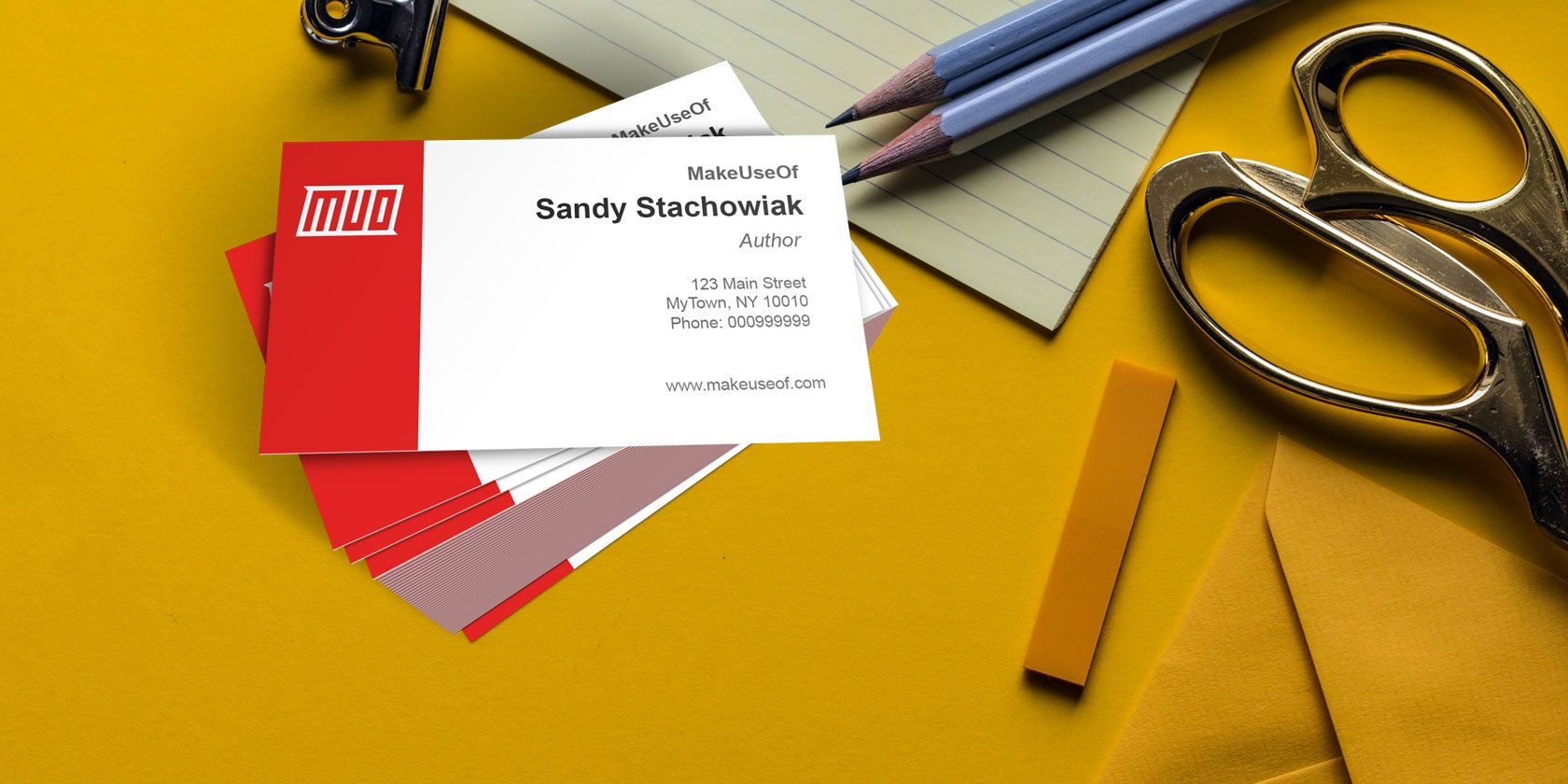Scroll down to the Business Cards section, then double-click a business card template. The numbers at the bottom of each page indicate the commercial business card paper that the page is designed for. You can delete the page you don’t want to use (click in the toolbar, choose Page Thumbnails, select the page, then press Delete on your keyboard). With an extensive range of business card templates, CardWorks makes it easy to design business cards to fit your personal or corporate brand image, giving your customers and business contacts easy access to your contact information. Download CardWorks Business Card Maker for Windows. A free version is available for non-commercial use.
Connect and network with this free business card maker.
Despite the increasing dominance of online business tools, the humble business card still has an important role to play. Whether you’re a business professional, self-employed, or in charge of a nonprofit venture, a professional business card is a great ice-breaker. Not only that, it’s a simple and effective way of giving people your contact details. With Adobe Spark on your side, designing your business cards is quick and easy.
How to make your business card.

Business Card Software Mac
Create an impressive visual identity for your brand or business.
Adobe Spark allows you to design unique business cards that best represent your business. The customization options available give you the power to create business cards that set you apart from the competition. You can be as creative as you like. Or you can use one of the ready-made templates to accelerate the design process. Play around with different images, color schemes, fonts, and text layouts.
Set your business apart from the competition.
Design and printing services can be very expensive, but Adobe Spark allows you to make your business cards for free. In just a few minutes, you can create something that will resonate with new and prospective customers. The huge range of design options available ensures your cards can be unique — which is essential when you’re trying to differentiate your business from the competition.
When you hand your card to someone, if they can’t immediately tell what you do, you run an extreme risk of having just wasted that card. Make sure to include your unique selling proposition. Offer at least one critical reason the recipient of your card should contact you.
2. Sketch out your layout
Start with your logo
Your logo is the centerpiece of your business card. Making your logo the primary element on your card draws the eye and will help trigger recall later. Ensure that your logo, branding, and coloring are unified with those of your company.
Don’t forget the essentials
A business card is wasted unless your recipient can use it to get in contact with you. Make sure that you include all pertinent details but don't pack on too much. Your business card should include at least the following:
- Company Name (If applicable. If you’re a freelancer and don’t have a company set up, just use your name)
- Title
- Phone Number (Office and Cell, if applicable)
- Website
- Email address
Optional information depending on what information you want your recipient to have:
- Twitter Username
- LinkedIn Profile
- Facebook Profile
- Portfolio Links
- Instagram Profile
Make Business Cards At Home
Need to Download CorelDRAW?
Download a Free 15-Day Trial Now!
Be creative
Creativity is what makes your card stand out from the rest of the cards in the stack. The more uniqueness you can show, the more memorable you'll be. (Check out these uniques business cards) For instance, the standard size for business cards is 3 ½' X 2'. However, if you utilize an alternative size, your card stick out among other cards. Experiment with colors, textures, sizes, even shapes of your card but remember not to get too crazy or your recipient might not take you seriously.
KISS (Keep It Simple, Stupid)
A cluttered card is a confusing card. Balance being creatively unique with readability and ease of comprehension.
No more than two principal colors
Most businesses and individuals use white business cards that use black lettering. A white/black color combination is safe, elegant, and offers a fantastic blank canvas on which you can be as creative as you wish. You may choose to go outside of that norm to make your card stand out, but stick with two colors. If you use more than two colors, the recipient of your card may take you less seriously. However, this rule does not apply to your logos and images.